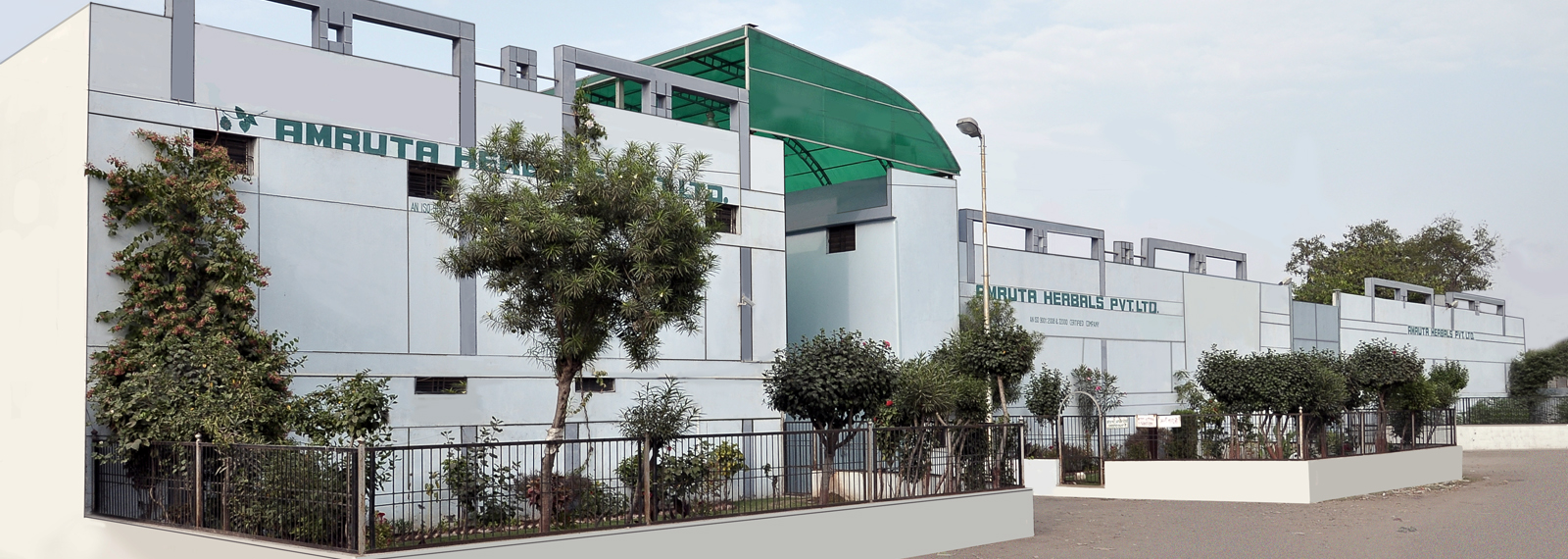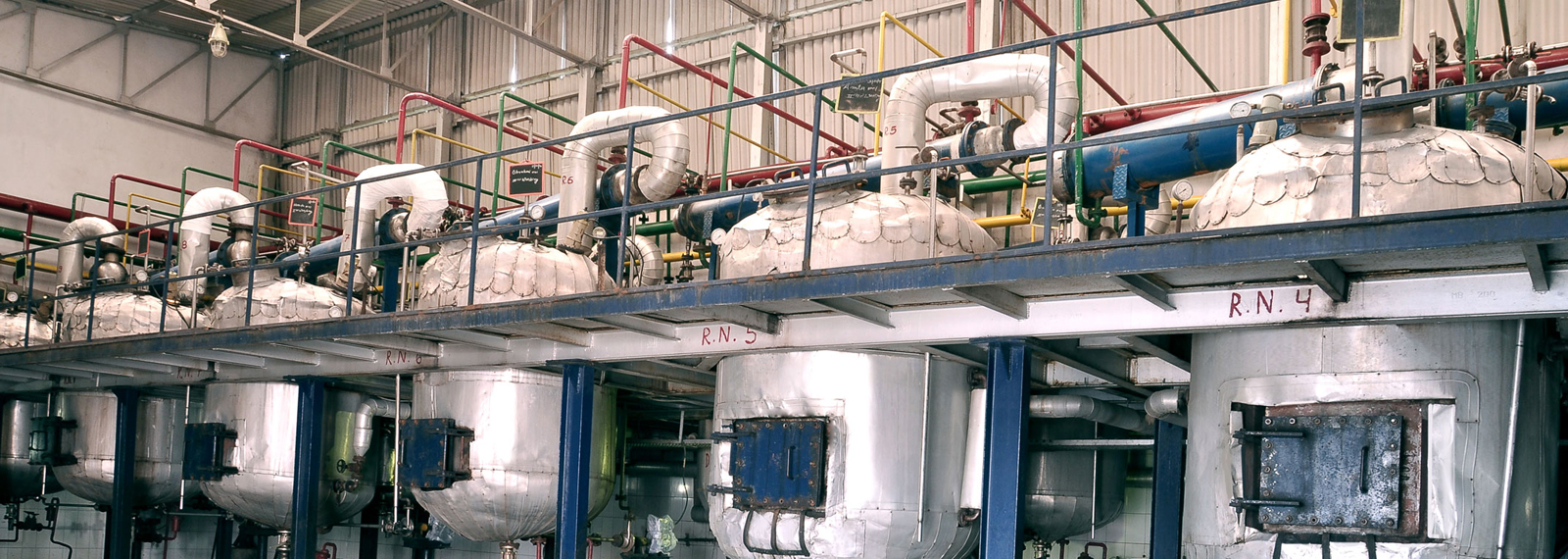Centella asiatica
Centella asiatica

| Sanskrit: | Mandukparni |
| English: | Gotukola, Indian Pennywort |
| Hindi: | Brahmamanduki |
| Marathi: | Karinga |
| Botanical name: | Centella asiatica ( L.) Urban |
| Family : | Apiaceae |
| Syn: | Centella coriacea Nannf,Hydrocotyl asiatica Linn., H.lunnata Linn.,H.wightiana. |
| Plant Part Used: | Leaf/Whole plant |
A slender, creeping perennial herb with long internodes showing rooting at leaf nodes. Leaves are simple, orbicular-reniform, heart shaped to circular or kidney shaped with straight or regularly shallow lobed margins, at times crenate-dentate, apex round, basally 5-7 nerved; long petioled and may be slightly hairy and vary from 2-3cm in length. Flowers occur in small heads of three to four with small leaf-like bracts under the flower head. Petals are pink or white or brownish. The fruit is 2 seeded, indehiscent, laterally compressed and measures 3 mm or so in diameter. Seeds are oblong, brown coloured. Odour of this herb is characteristic with slightly bitter sweet taste.
* Rasa:: tikta
* Vipaka:: Laghu
* Virya:: Shita
* Karma:: Rasayanam, medhyam, mutra virecana
* Prabhava:: Rasayanam, medhyam, mutra virecana
The main constituent of Indian varieties of Centella asiatica is steroid-like compounds e.g. triterpenoid glycosides – asiaticoside, asiatoside, asiatic acid, madecassic acid, madicassoside, have been reported in the range of 1.1 to 8%. In addition, other triterpenoids, such as oxyasiaticoside, brahminoside, brahmoside, centelloside are also reported. Among Free acids,asiatic, brahmic, centellinic, isobrahmic, madecassic, & betulic acids, have been reported.
In the volatile oil of the herb, Vallerin, an unidentified terpene acetate constituting 35% of the total oil, camphor and cineole have been reported.
Some flavonoids: Kaempferol and quercetin plus their glycosides as 3-glucosylquercetin and 3-glucosylkaemferol have been found and among other compounds: alkaloid hydrocotyline; myoinositol; amino acids; resins; tannins; bitter principle probably as mixture of alkaloid hydrocotyline; pectin; Vitamins B & C; minerals, especially Ca, Mg, & Na have been reported.
Amino acid study of the plant indicated that in leaf, petiole and stolon, percentage of glutamate and serine is more as compared to other amino acids. Roots are also rich in amino acids, especially aspartate, glutamate, serine, threonine, alanine, lysine, histidine and amino butyrate. An enzyme, thaiminase, isolated from this plant have been shown to catalyze the splitting of the thaimine molecule into thiazole and pyramidine moieties.
Asiaticoside is a triterpene glycoside from the plant Centella asiatica, commonly used in wound healing. This activity is a result of stimulation of collagen and glycosaminoglycan synthesis .This glycoside was also found to have activity against herpes simplex virus 1 and 2 and mycobacterium tuberculosis Neuroprotectant.
| Molecular Formula | C48H78O18 |
| MW: | 943.1 |
| CAS | 16830-15-2 |
| MI | 13:839 |
Antiinflammatory, Antimicrobial, Antioxidant, Antitumor, Antiulcer, Autoimmune ,support Cardiovascular syst. Memory enhancer,In hepatitis and in wound healing
Centella asiatica enjoys considerable reputation in the indigenous system of medicine . It is popularly known as “Brahmi” as is often confused for Bacopa monnieri “Nir Brahmi”, both of which have some common therapeutic properties in Vedic texts and both are used for improving memory. However, current research has clearly established the difference in pharmacological activities of these two herbs.
In Pharmacological and clinical trials it has been found to improve the power of concentration and general ability & behaviour of mentally retarded children.
The plant is used as an antidote to cholera. A cold poultice of the fresh herb is used as an external application in rheumatism, elephantiasis & hydrocele. For treating leprosy and other skin diseases, it is applied as an ointment or dusting powder. Compound proprietary preparations of the plant have been patented for cosmetic use in France. Internally it has been valued as a tonic and is used in bronchitis, asthma, gastric catarrh, leucorrhoea, kidney troubles, urethritis and dropsy. A decoction of very young shoots is given for hemorrhoids,
The plant is greatly valued for it’s asiaticoside content in leaves. Asiaticoside, a glucoside, has shown encouraging results in the treatment of leprosy and certain types of tuberculosis. This active principle dissolves the waxy covering of Bacillus leprae, so that the casual organism becomes very fragile and thus maybe easily destroyed.
Madecassol, an extract of the plant containing the madecassic acid, asiatic acid and asiaticoside accelerates cicatrisation and grafting of wounds. Madecassoside and madecassic acids also show anti-inflammatory activity. A crude extract of the plant and the glycoside, isothankuniside and it’s derivative methyl-5-hydroxy-3, 6-diketo-23 (or 24)-nor-urs-12-ene-28-oate (BK) exhibit anti-fertility activity in female mice. An alcoholic extract of the plant showed anti-spasmodic activity on acetylcholine induced contractions of rat ileum, which is attributed to the glycosides. Each of the glycosides (brahmoside, brahminoside, asiaticoside, glycoside D & E) present in the extract is active, the most potent being the new glycoside E.
The plant has antispasmodic effect. The herbal drug is a powerful stimulant of circulatory system, its action chiefly affecting the vessels of skin and mucous membrane; it is useful in the treatment of some heart diseases. The expressed juice of the plant has shown anti fertility activity in experimental animals. The plant also has insecticidal properties
The plant has shown anti-convulsive activity, besides producing significant alterations in the neurochemistry of the brain. In comparative clinical & instrumental trial against a placebo, plant extract was found to improve venous disorders of lower limbs. The clinical trials demonstrated that the herbal drug possess Ayurvedic medhya rasyana effect (brain invigorating). It was found that the extract increases the intelligence quotient in mentally retarded children.
According to Dr. P. Rothschild of the World Federation of Physicians & American Association for the Advancement of Science, Gotu Kola is one of those herbs used for thousands of years, specifically to improve memory & longetivity and it also acts as an excellent oxygen carrier increasing the flow of oxygen to the brain.
Purified triterpenes from C. asiatica may also affect various stages of tissue development including keratinization (the process of replacing skin after sores or ulcers) and stimulate the formation of lipids and proteins necessary for healthy skin. Thus purified triterpenes acts as anti cellulitis, anti-wrinkle (eyes & facial), skin tighteners, skin regenerative and helps in the treatment of acne induced blemishes, rapid renewal of supporting fibre network, stimulates collagen synthesis and boosts immuno-depressed skin. The triterpenes of C. asiatica are also reported to be capable of fixing alanine and proline into the structure of collagen, which help to promote healing in the treatment of epithelial ulcers, bedsores and skin disorders.
A water-soluble fraction of Centella asiatica was reported to inhibit hepatic enzymes responsible for barbiturate metabolism (Leung and Foster 1996). Centella has also been found to have a GABAnergic activity (Chatterjee et al 1992). Thus, Brahmi should not be used concurrently with benzodiazepines, barbituates or antiepileptics. Contact dermatitis has been reported in some clients using preparations of fresh or dried parts of the plant (Eun and Lee 1985). Although the triterpene constituents have shown to lack any kind or teratogenic effects (Bosse et al 1979), relaxation of the rat uterus has been documented for brahmoside and brahminoside (Ramaswamy et al 1970). Thus, Centella asiatica is best avoided in pregnancy. Hyperglycemic and hypercholesterolemic effects have been reported for asiaticoside in humans (Newall et al 1996), and caution should be exercised with the concomitant use of hypolipidemic and hypoglycemic therapies. Frawley and Lad report high doses may cause a loss of consciousness and headaches (1986, 171).
An alcoholic extract was found to be nontoxic up to a dose of 350 mg/kg intraperitoneally in rats. No mortality was found up to a dose of 5 gm/kg in mice. In the doses commonly used no adverse reactions are reported. (Aithal and Sirsi, 1961).
Ashtang Ghrit
Brahmi Ghrit
Saraswat Chrna
The standard dose of gotu kola varies depending on the form of formulation. The useful effects of gotu kola becomes evident in about 4 weeks time.
* Aqueous extract (1:1) can be used in the doses of 3-5 ml per day.
* A tincture can be used nt of 10-20 ml per day.
* Dried herb-to make tea, add ¼ to ½ tsp dried herb to a cup of boiling water (150 mL) for 10 minutes, 3 times a day .
* 0.5 – 2 gms dried herb tds for up to one month.
* Powdered herb (available in capsules)-1,000 to 4,000 mg, 3 times a day
* Tincture (1:2, 30% alcohol)-30 to 60 drops (equivalent to 1.5 to 3 ml three times a day.
* Standardized extract-60 to 120 mg per day
* The recommended dosage for people with insomnia is ½ tsp of dried herb in a cup of water taken for no more than 4 to 6 weeks.
* For the prevention of keloid scars, the herb is usually taken for 3 months prior to surgery, and for another 3 months afterwards.





